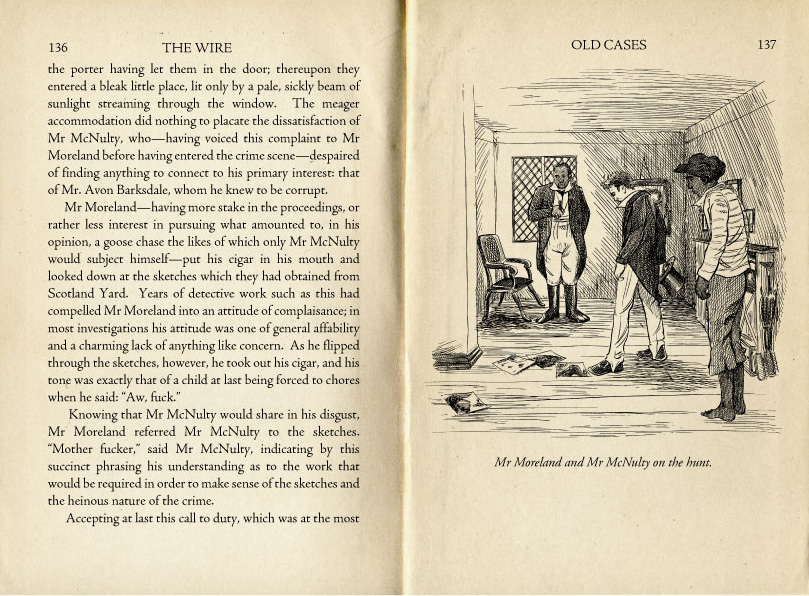Due to its stylistic and linguistic complexity, James Joyce’s Finnegans Wake ranks among the most difficult works of fiction. And that is why virtually no filmmaker has ever tried to adapt Joyce’s final work for the screen. But after Mary Manning Howe adapted passages from the book for the stage (listen to her reading from Finnegans Wake here), American animator Mary Ellen Bute accepted the challenge and turned Manning’s play into a film.
Sadly, Mary Ellen Bute’s short films are almost forgotten today, but from the 1930s to 1950s her abstract musical shorts were known to a wide audience. Don’t miss her first color film from 1938.
Between 1965 and 1967, Bute created her last film, and only feature film, Passages from Finnegans Wake. The movie was screened at the Cannes Film Festival and named Best Debut of the Year (1965). The video above shows only the opening sequence, but the whole film can be enjoyed online courtesy of UbuWeb.
Bonus: You can read Roger Ebert’s 1968 review of Bute’s film here. He admits that he didn’t enjoy it too much, but concedes this may have been because he hadn’t actually read the book.
By profession, Matthias Rascher teaches English and History at a High School in northern Bavaria, Germany. In his free time he scours the web for good links and posts the best finds on Twitter.


